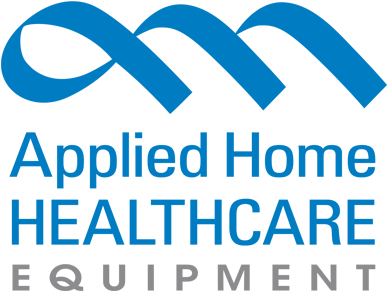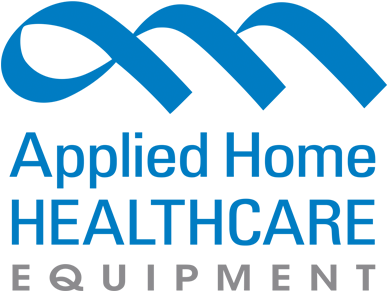PRODUCT CATEGORIES
CLASSES/REGISTRATION
WHAT'S YOUR ROLE?
The Essential Guide to Oxygen Transfilling Systems
A dependable oxygen supply is critical across a variety of industries. In healthcare, it supports everything from hospital to home care settings by providing respiratory aid. Transfilling oxygen systems might initially seem complex, but play a crucial role in meeting this demand.
Oxygen transfilling is the process of transferring oxygen from a large, bulk storage tank to smaller, portable cylinders. This ensures that oxygen, whether in liquid or gas form, can be easily transported and used across various settings. The efficiency and safety of this process are vital to ensure the oxygen stays pure.
The transfilling process requires meticulous attention to detail and adherence to safety protocols. Here’s a simplified breakdown:
- Preparation: Before any oxygen transfer, it's crucial to perform safety and equipment checks. This includes inspecting the tanks, hoses and connectors for any signs of wear or damage.
- Connection: The primary (bulk) and secondary (portable) tanks are securely connected using specialized hoses and adapters. These components are designed specifically for handling high-pressure oxygen.
- Transferring: The transfer involves carefully adjusting pressures to safely move oxygen from the bulk tank to the portable cylinder. Monitoring is continuous, ensuring pressure levels remain within safe limits.
- Completion: Once the transfer is complete, the tanks are disconnected and a final set of safety checks is performed. Equipment is then cleaned and stored properly to prevent contamination.
The key to a successful transfill is having the right equipment:
- Oxygen Tanks: Both primary and secondary tanks must be certified for medical or industrial oxygen use.
- Pressure Regulators: These devices control the oxygen flow and pressure during transfer.
- Transfer Hoses and Adapters: Made from materials compatible with high-pressure oxygen, ensuring a safe and efficient transfer.
- Safety Gear: Protective gloves and goggles are non-negotiable to safeguard against potential accidents.
Oxygen's high reactivity makes safety non-negotiable. Essential safety measures include:
- Operating in well-ventilated areas to prevent oxygen accumulation.
- Avoiding any materials or substances that could spark or ignite in the presence of oxygen.
- Regularly inspecting and maintaining equipment to prevent leaks or failures.
Benefits of owning a transfill system:
- Cost Efficiency: Save money by avoiding the expenses of pre-filled cylinders, delivery fees and vendor mark-ups.
- Convenience and Speed: Refill tanks on demand, especially critical in emergencies, eliminating wait times for deliveries.
- Independence and Flexibility: Become less reliant on external suppliers and adjust your oxygen supply easily to meet current demands without logistical hassles.
- Quality Control: Directly manage the purity and standards of your oxygen, ensuring it meets specific needs.
- Environmental and Safety Benefits: Reduce carbon emissions associated with cylinder transport and maintain high safety standards to prevent shortages.
Maintaining oxygen purity and varying pressures, and ensuring compatibility of equipment can have its challenges. However, continuous advancements in technology and adherence to best practices are paving the way for safer, more efficient transfilling processes.
Join us in committing to the best practices and training that keep the process safe and efficient for everyone involved.
Click here for our transfill systems and supplies options.
Click here for courses that can help you get the certifications you need.
Have questions? Contact us!
You Might Also Like
Subscribe to our Newsletter
Get the latest regulatory info, accreditation news and exclusive discounts!
 View Cart []
View Cart []
